Caution
High Hazard
Extreme
Active/Upcoming Event
Kailua Beach Park
Water Temperature
...
Wave Height
...
Wind
...
Rated as one of the best beaches in the world, Kailua Beach can be found on Oahu's south east side. The Kailua area is known for being a peaceful suburban neighborhood, far away from the bustle of town and without a single high-rise in sight. From the shore you can see the Mokulua Islands, a seabird sanctuary featuring volcanic cones and a common hang out for sea turtles, most accessible by kayak. Explore the nearby beach town and its unique boutiques and popular local dining spots.
Kailua Beach is crescent-shaped, about 2.5 miles (4.0 km) long, and ranging between 50 and 150 feet (15 and 46 m) wide. The ocean bottom fronting the beach slopes gently to overhead depths without any coral heads. Light to medium waves support surfing and bodysurfing. The steady trade winds make Kailua Beach a top windsurfing and kitesurfing destination. Robby Naish, first World Champion of windsurfing and Professional Windsurfers Association Hall of Fame inductee, grew up in Kailua. Sea kayaking and stand-up paddleboarding to the protected seabird sanctuaries Flat Island and the Nā Mokulua, popularly known as "the Mokes", have become increasingly popular water activities at the beach.
amenities

Metered Parking

Picnic

Playground

Restrooms

Showers
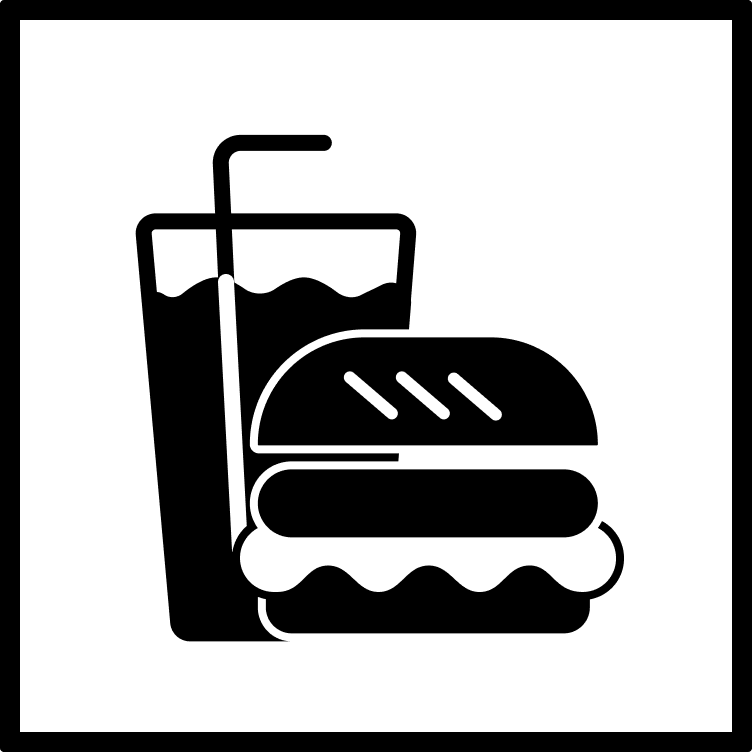
Snack Shack
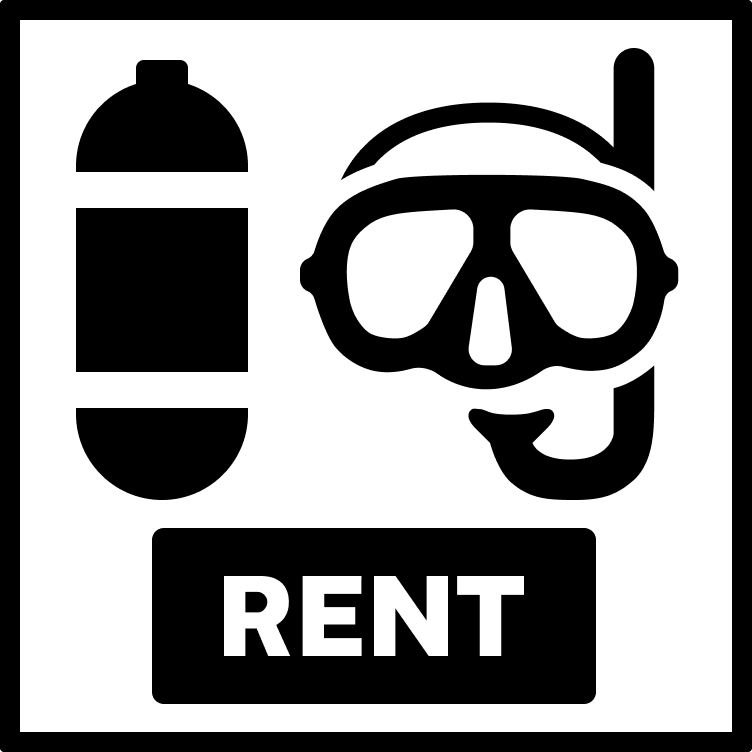
Gear Rental
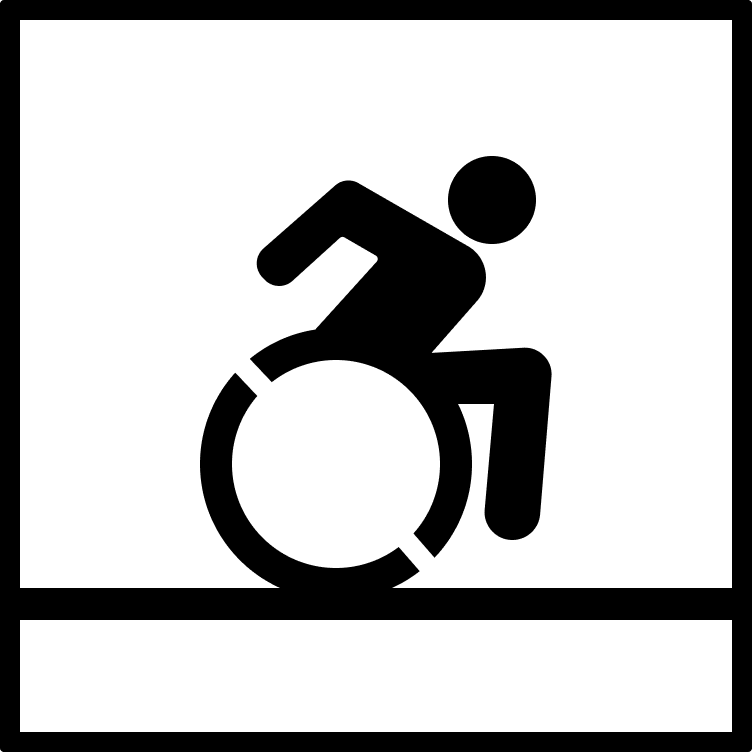
Accessibility Mat
activities

Fishing
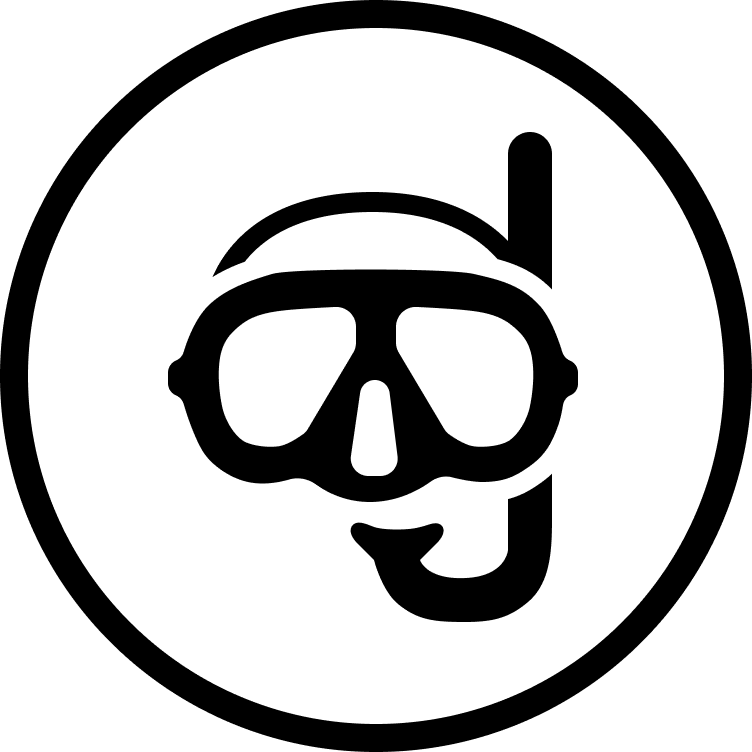
Snorkeling
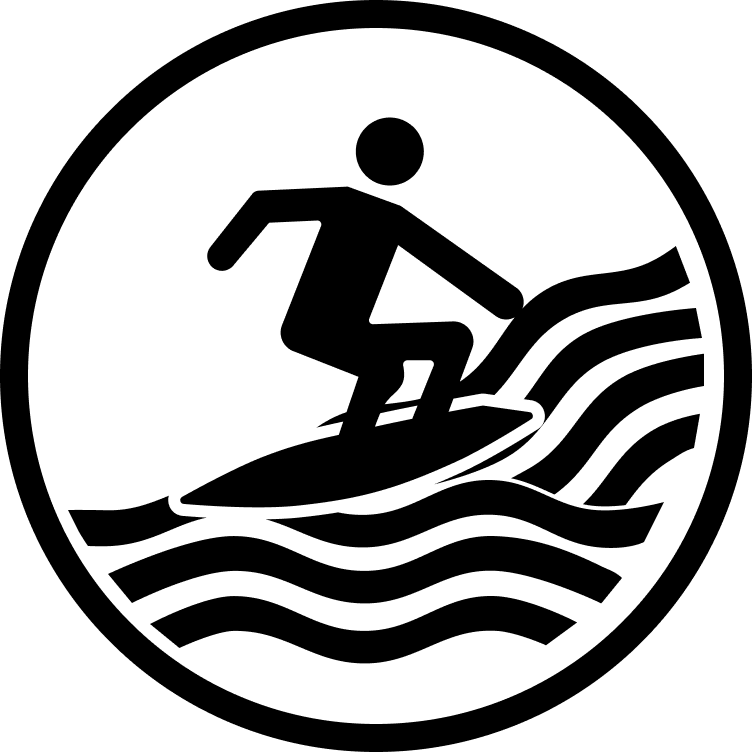
Surfing
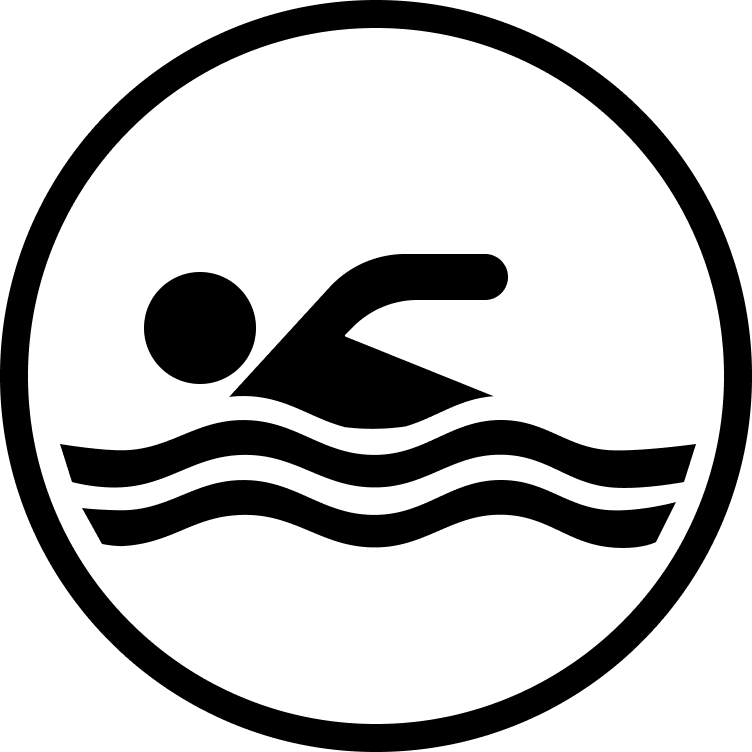
Swimming
prohibitions
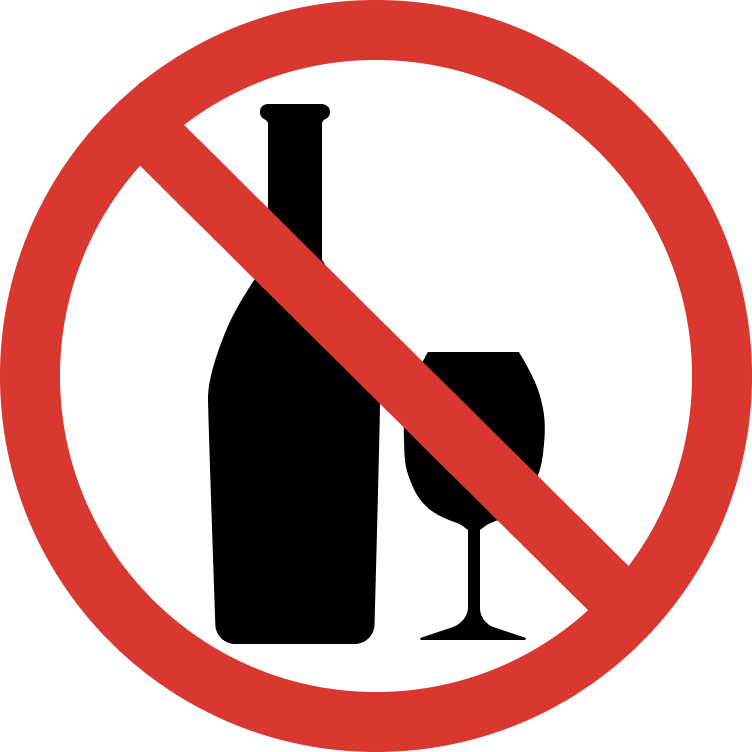
No Alcohol
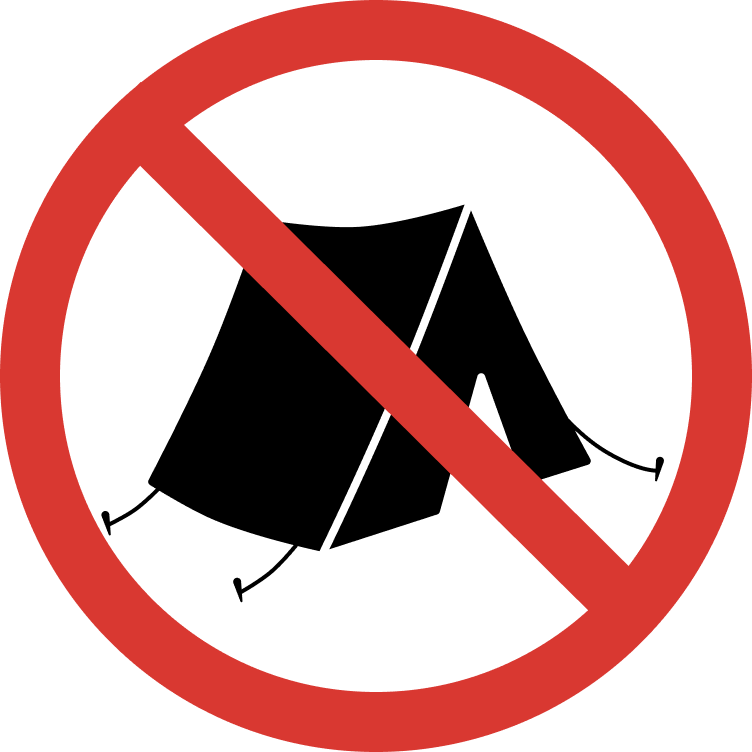
No Camping
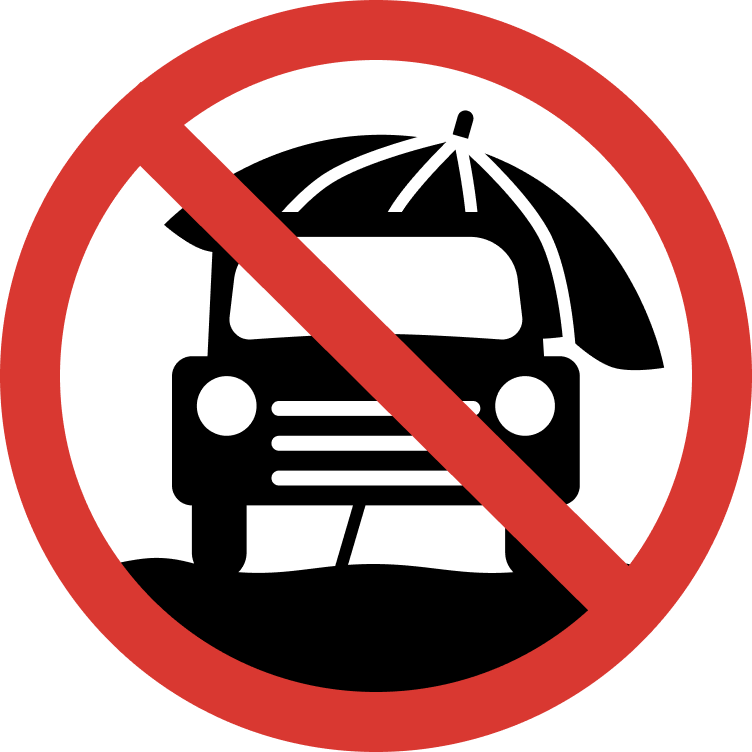
No Cars on Sand
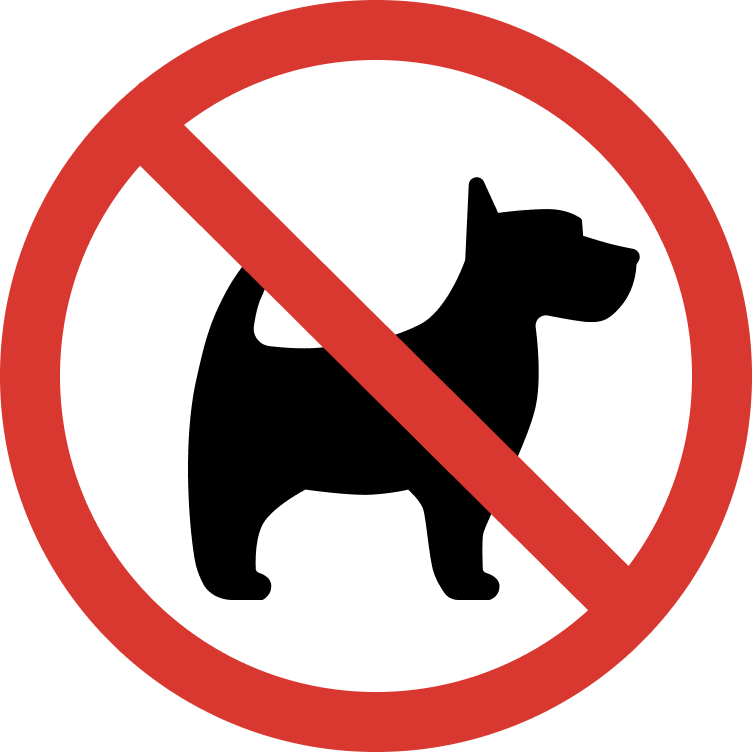
No Dogs
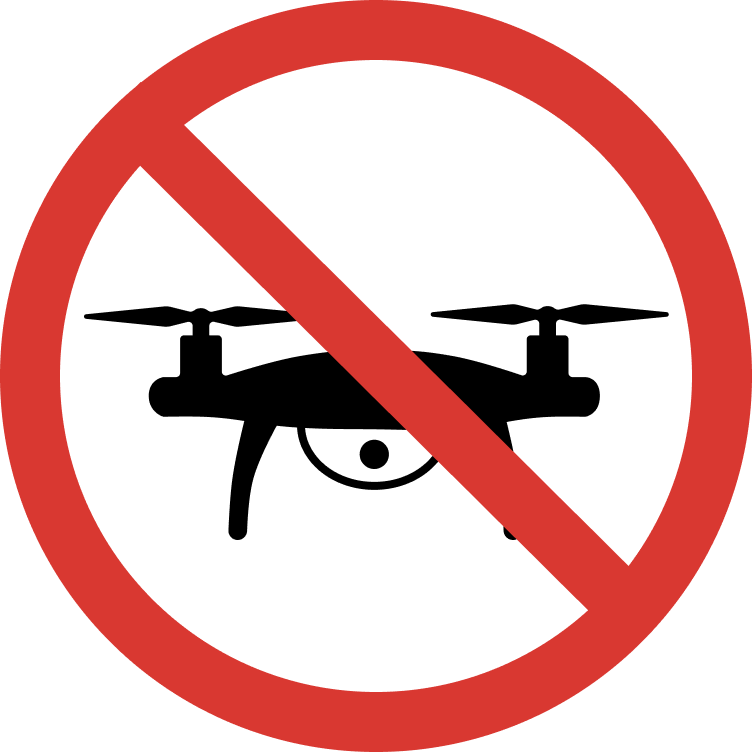
No Drones

No Fire Pits
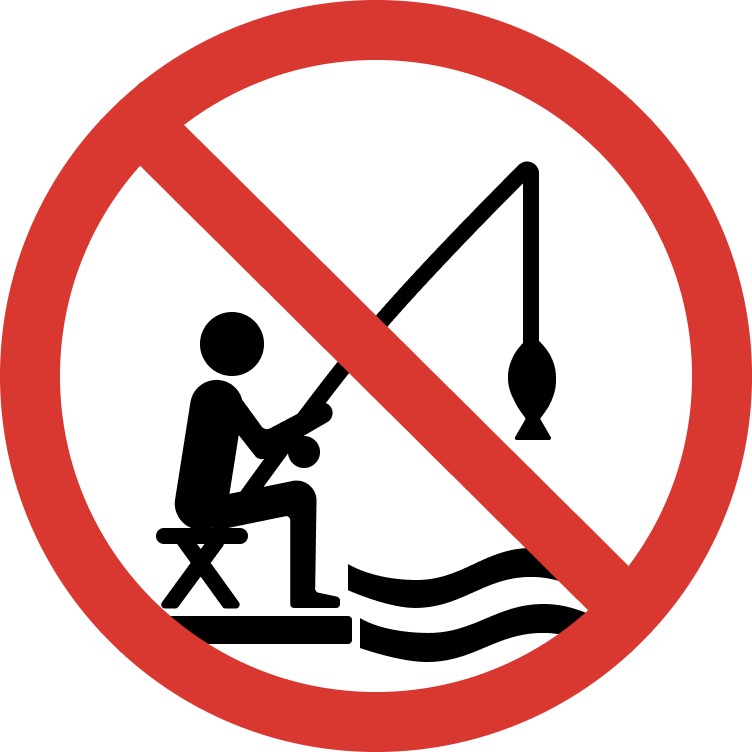
No Fishing
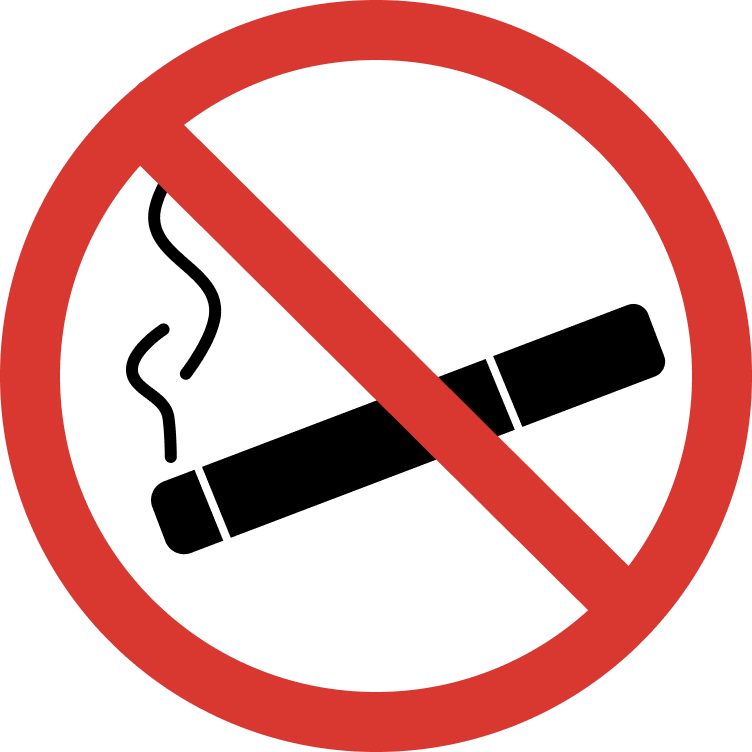
No Smoking
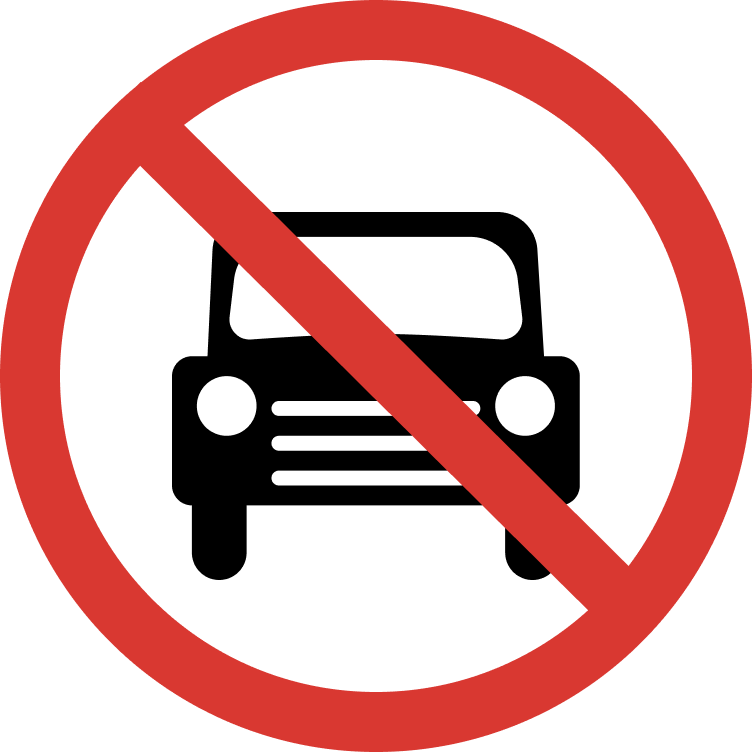
No Vehicles
hazards
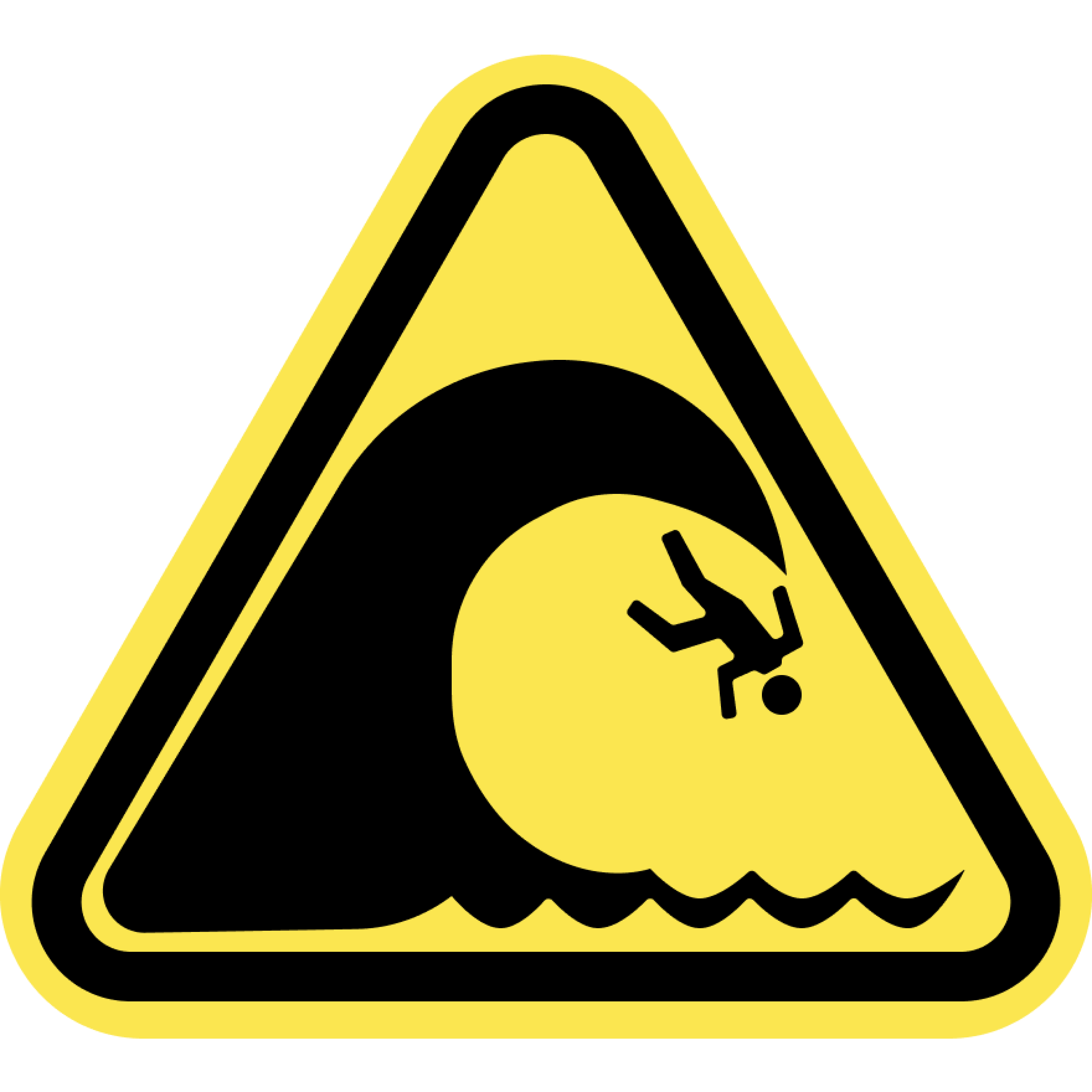
High Surf
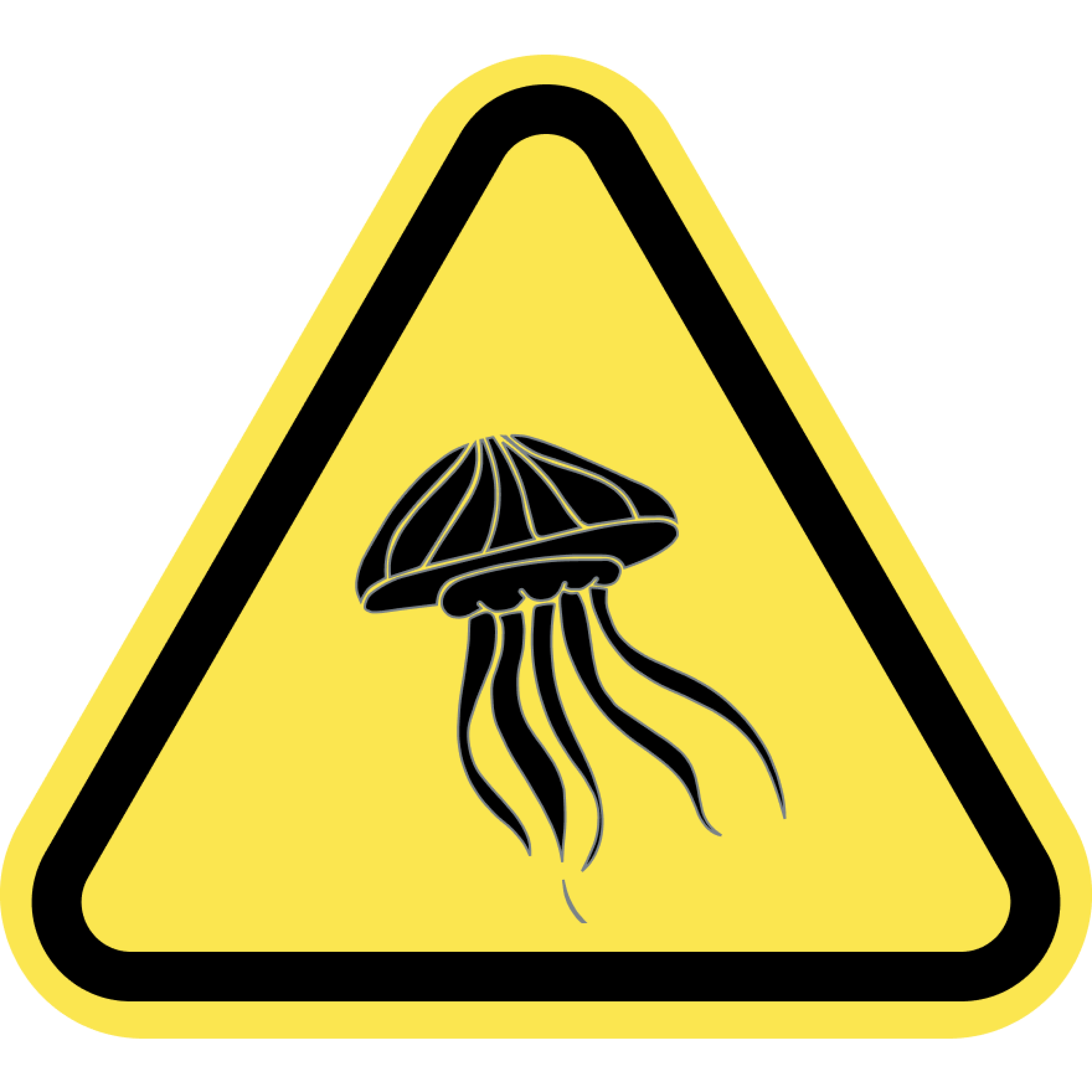
Jellyfish
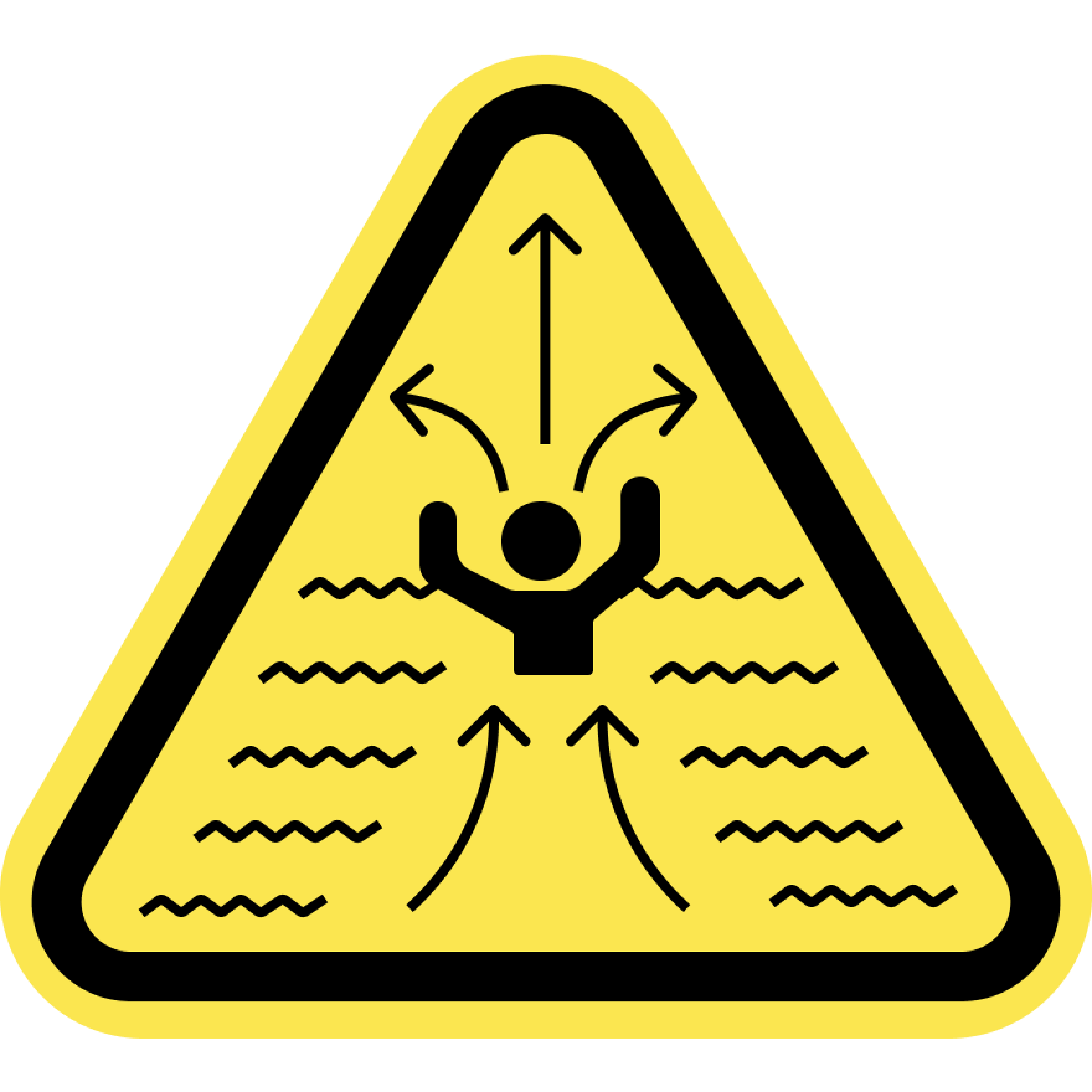
Rip Currents
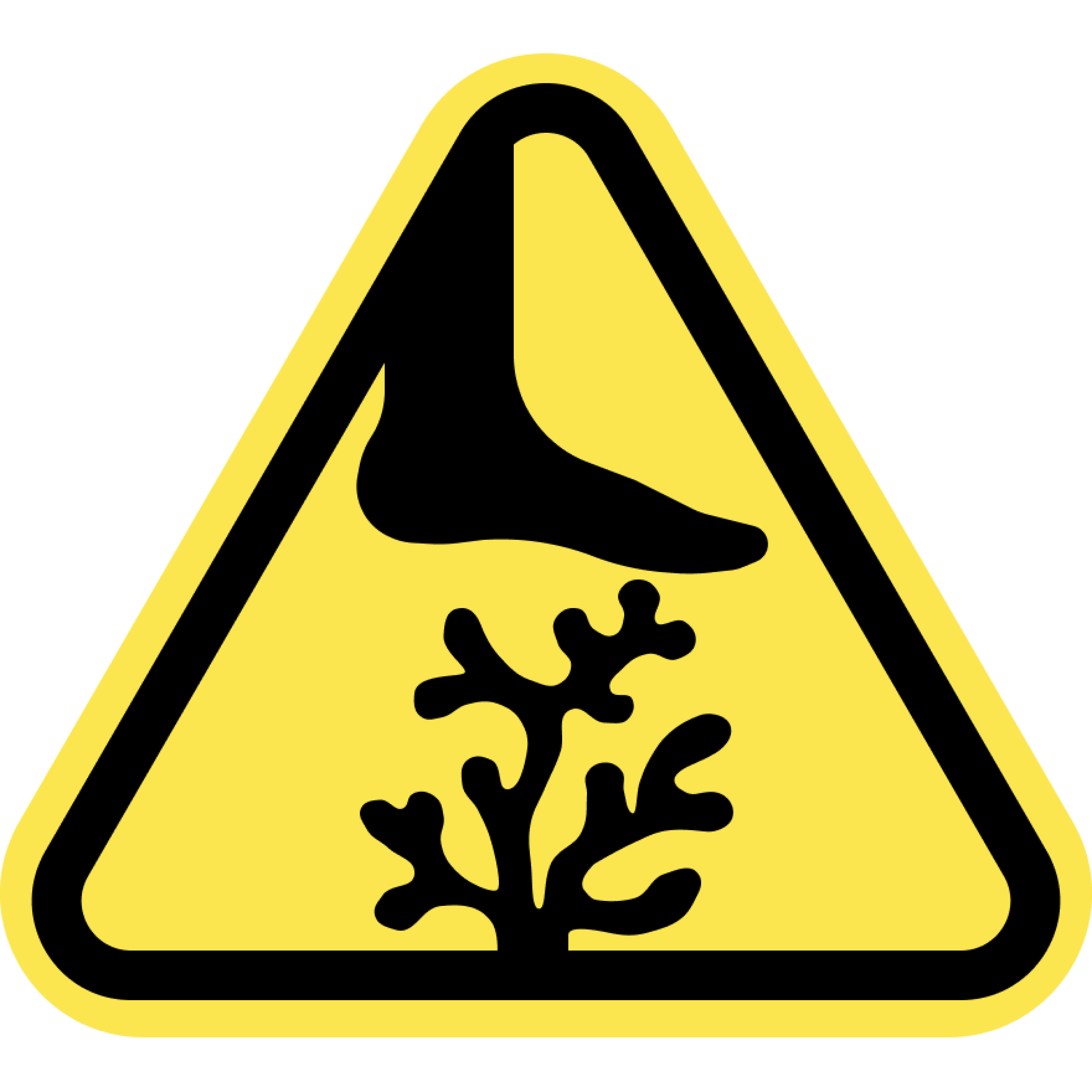
Sharp Coral

Sudden Drop Off
Swim at your Own Risk
Beaches and oceans are dynamic natural environments. Crowd conditions, currents, waves, wild animals, and other water and beach conditions can rapidly change. The risks and conditions shown on this site are informational only and not always real-time. Actual conditions may differ. Lifeguards are not always on duty or available. Always remain aware of your surroundings and exercise due care for your own safety and the safety of others around you.
Always check for water warnings or check with a lifeguard before you swim.



